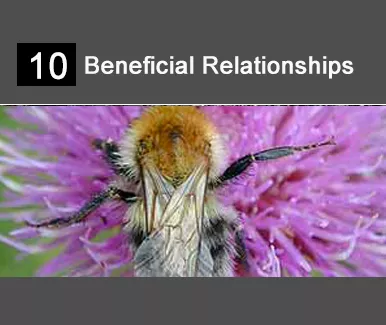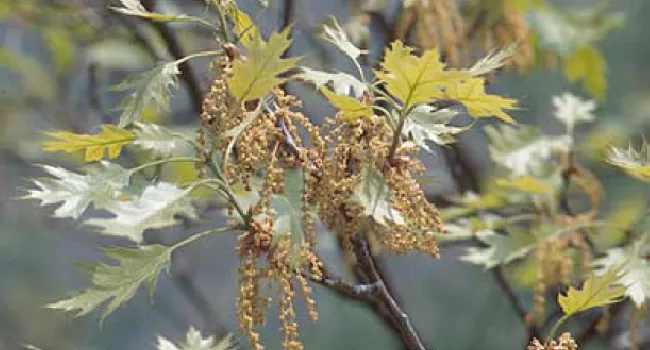
Maple Fruit Showing "Wings" | The Cove Forest
Photo
A good way to begin unravelling the riddles of nature is to ask "Why?" questions. Why are mosquitoes generally most active in the early morning and evening hours? Why do maples have winged fruits, as...

